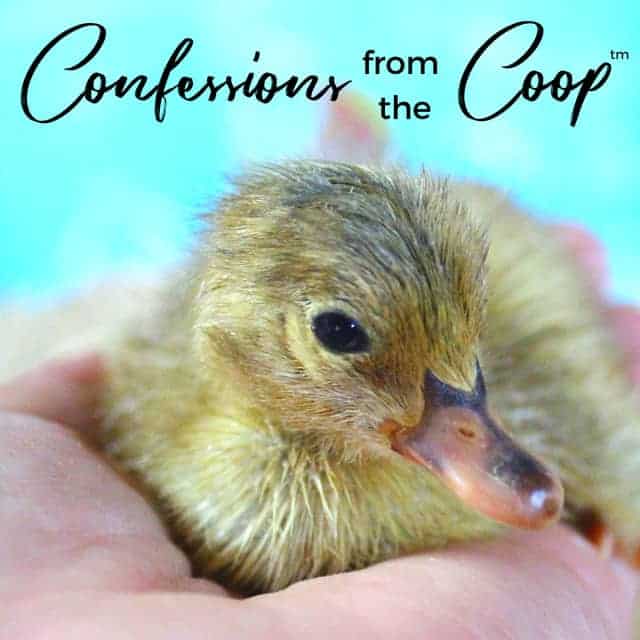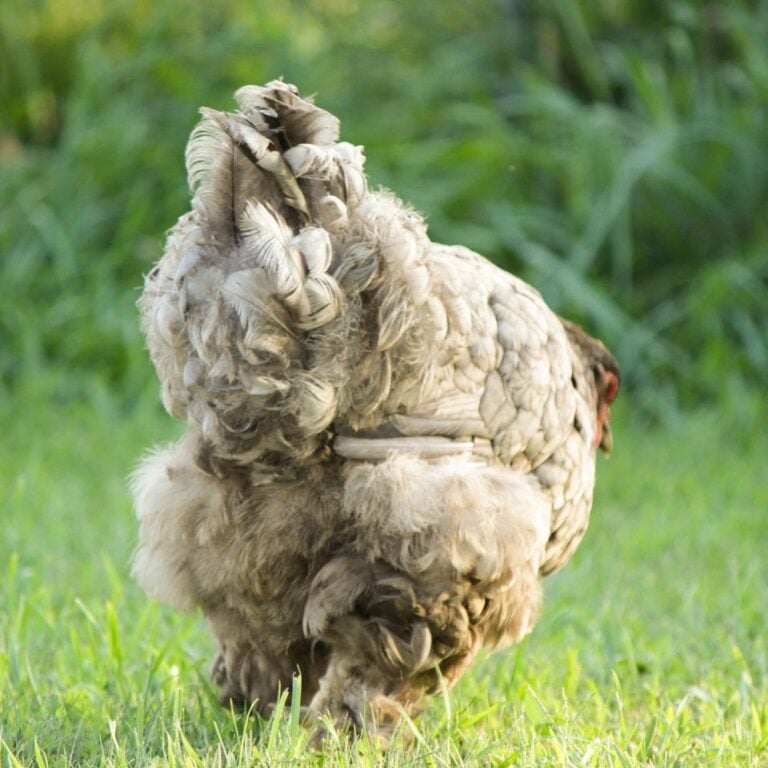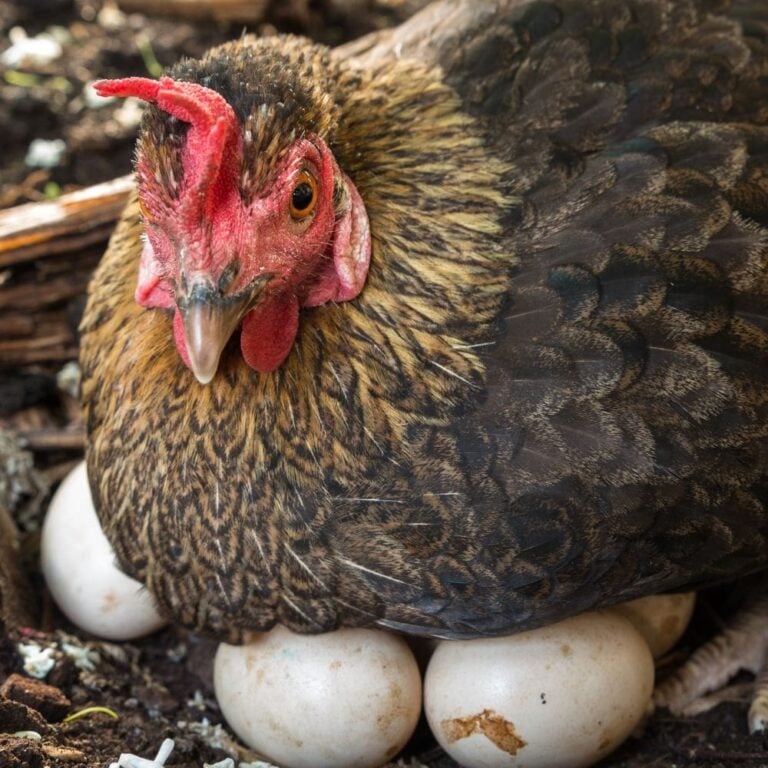You have a new clutch of chicks, congratulations! Space is limited, so where will they all go? Logic (and loads of chicken-care sources) dictates a brooder, but you’re left with massive questions the whole process! Everything from what is a brooder to how many chicks should be in a brooder (and all the stuff in between).
In a few easy steps, you can tackle this! Let’s get started.
Table of Contents (Quickly Jump To Information)
What Does Chicken Brooding Mean?
Have you ever heard the term “broody hen?” When a hen goes broody, it means she is laying on her eggs and won’t get off no matter what you try. It’s the beginning of the incubation process, the process of growing chicks in the eggs, hatching them, and raising them.
If you incubated your own eggs, or bought chicks from a hatchery or farm store, then you are now charged with brooding these chicks yourself. Now you need to know exactly HOW to brood these chicks yourself.
What Kind of Brooder Should I Use?
There are several different types of brooders, and methods of brooding. Some people use stock tanks (like you see at a farm store), some people use homemade rectangular boxes, some people buy fancy brooding set ups. The kind you need to use is the type that fits your personality, your needs, and your resources. You can make it as simple as you want, or as complicated as you desire.
It also depends on where you need to keep the brooder box. Will it be in a draft free barn? Your garage? Your living room? Your basement? In every location, there may be different needs. The barn or garage might be pretty cold, or very hot. You may have a barn cat lurking around. Or you may have toddlers lurking in the living room. 😆
You have to take all these things into account as you research and choose the brooder that is best for you. At least now, you have some food for thought.
How Many Chicks Should Be In a Brooder?
The fewer chicks that are in a brooder, the less likely you are to encounter a situation where chicks are being suffocated or trampled.
Of course it depends on the size of your brooder and the number of feeders and waterers you have. But I personally only put between 10 and 15 full-sized chicks into a brooder. For bantams, I might consider up to 17 just to help them stay warm. But no more than that.
At farm stores, you sometimes see there might be 50 chicks in a big bin. Farm stores do that because the chicks aren’t going to be there for that long as they are not raising them, they are simply selling them. They are also inside a climate controled building without drafts and predators.
So why do I choose such a small number of chicks? Well, one reason is that I don’t want any baby chickens to get crushed. It’s also really important to make sure that they all have easy access to food and water. You don’t want them to be stressed by having to fight the crowd for food and water.
It can be too chaotic to keep track with too many little peepers running around. It makes it difficult to keep an eye on each chicks health and growth, whether they are warm enough, and so on.
The drawback of such a low population in your brooder is that you may have to have more than one brooder if you have a large number of chicks. This also means additional feeders and waterers, heat sources, and care. You have to decide what your priorities are.
How to Keep Chicks Warm In a Brooder?
There are a few different options for keeping chicks warm.
Other Chicken Brooder Tips
In this article (and accompanying video), we talk about just this question – and you’ll get my (very) strong opinions about it!
One of my biggest concerns up front is piling. Piling can be a big issue (piling is where baby chicks huddle together at night – and some chicks are crushed.)
Drawbacks
One drawback to the smaller clutch size is that if you have a lot of chicks, you might need multiple brooders.
Summary
So that is my opinion about how many chicks should be in a brooder. You might see other opinions elsewhere that give you other ideas, but this is what I personally do and believe.
We have tested this over the years with different amounts of chicks in a brooder and the numbers mentioned here are what I have found to be ideal. This way, you can be sure that everybody stays warm, everybody gets food, everybody gets water, and everybody has space and room to move.
If you have too many chicks or chickens in one area, it can turn into a really stressful environment where the chicks feel overwhelmed and overstimulated and then they might shut down.
Main Takeaways:
- I only put 10 – 12 regular size chicks or 15-17 bantams in a brooder at a time.
- If I have more, then I split the flock into two separate brooders
- Piling is when chicks huddle together and accidentally squish or suffocate a flock mate.
- It’s easily avoided by making sure chicks have enough room in their brooders.
- Another reason to keep a low head count in brooders is so you can make sure everyone is eating/drinking
Learn Even More With This Video
More reading:
Best incubators for hatching eggs
Maat van Uitert is a backyard chicken and sustainable living expert. She is also the author of Chickens: Naturally Raising A Sustainable Flock, which was a best seller in it’s Amazon category. Maat has been featured on NBC, CBS, AOL Finance, Community Chickens, the Huffington Post, Chickens magazine, Backyard Poultry, and Countryside Magazine. She lives on her farm in Southeast Missouri with her husband, two children, and about a million chickens and ducks. You can follow Maat on Facebook here and Instagram here.






Great Video, very informative.
Thanks!